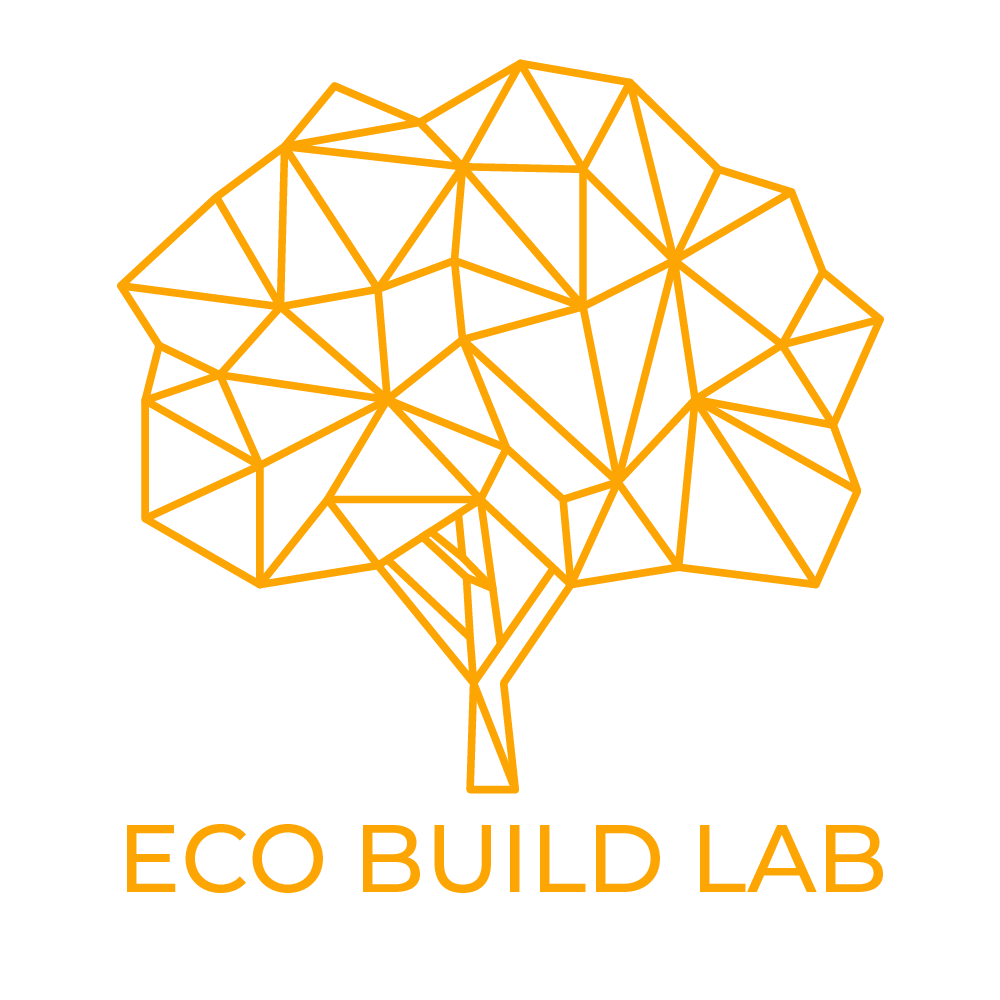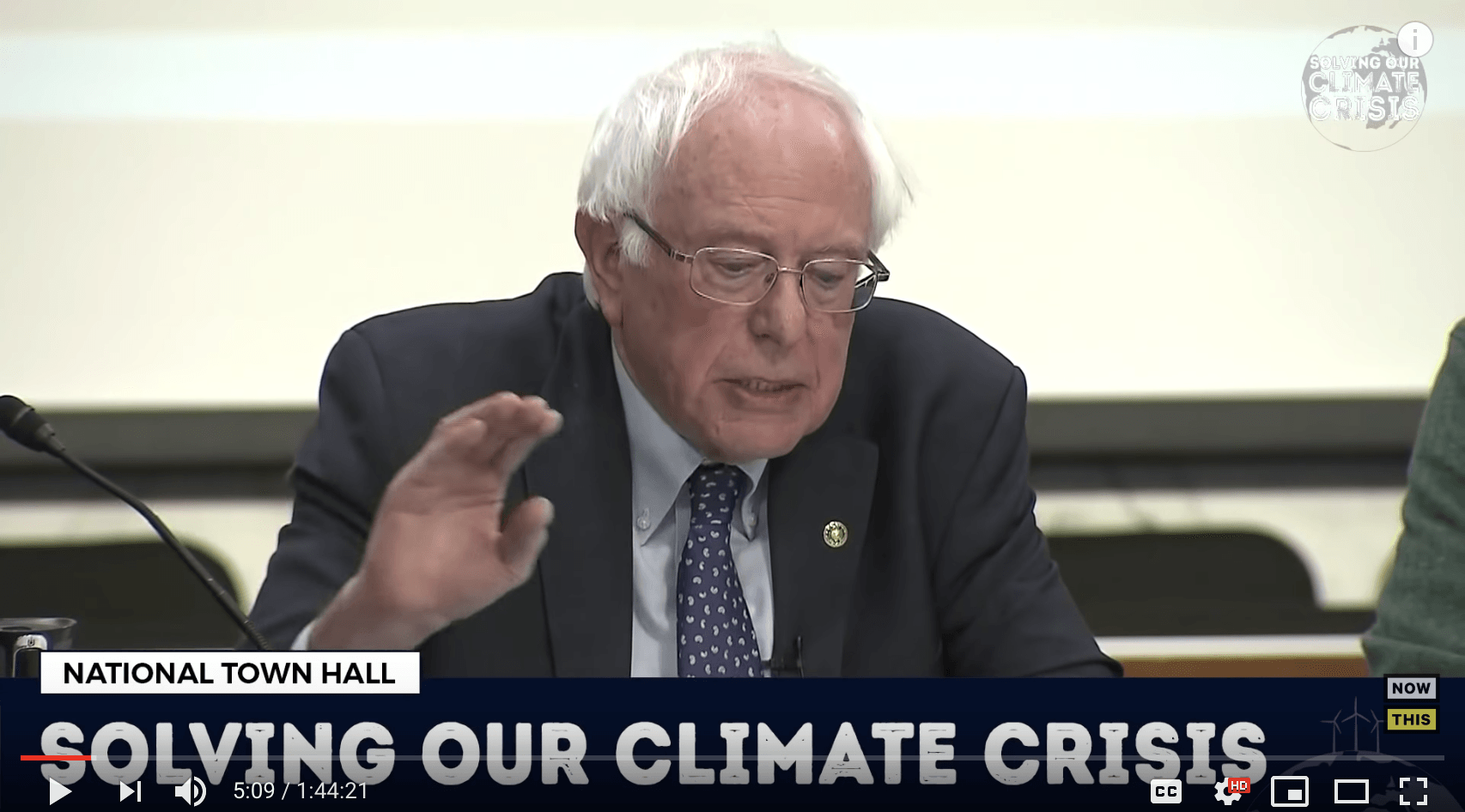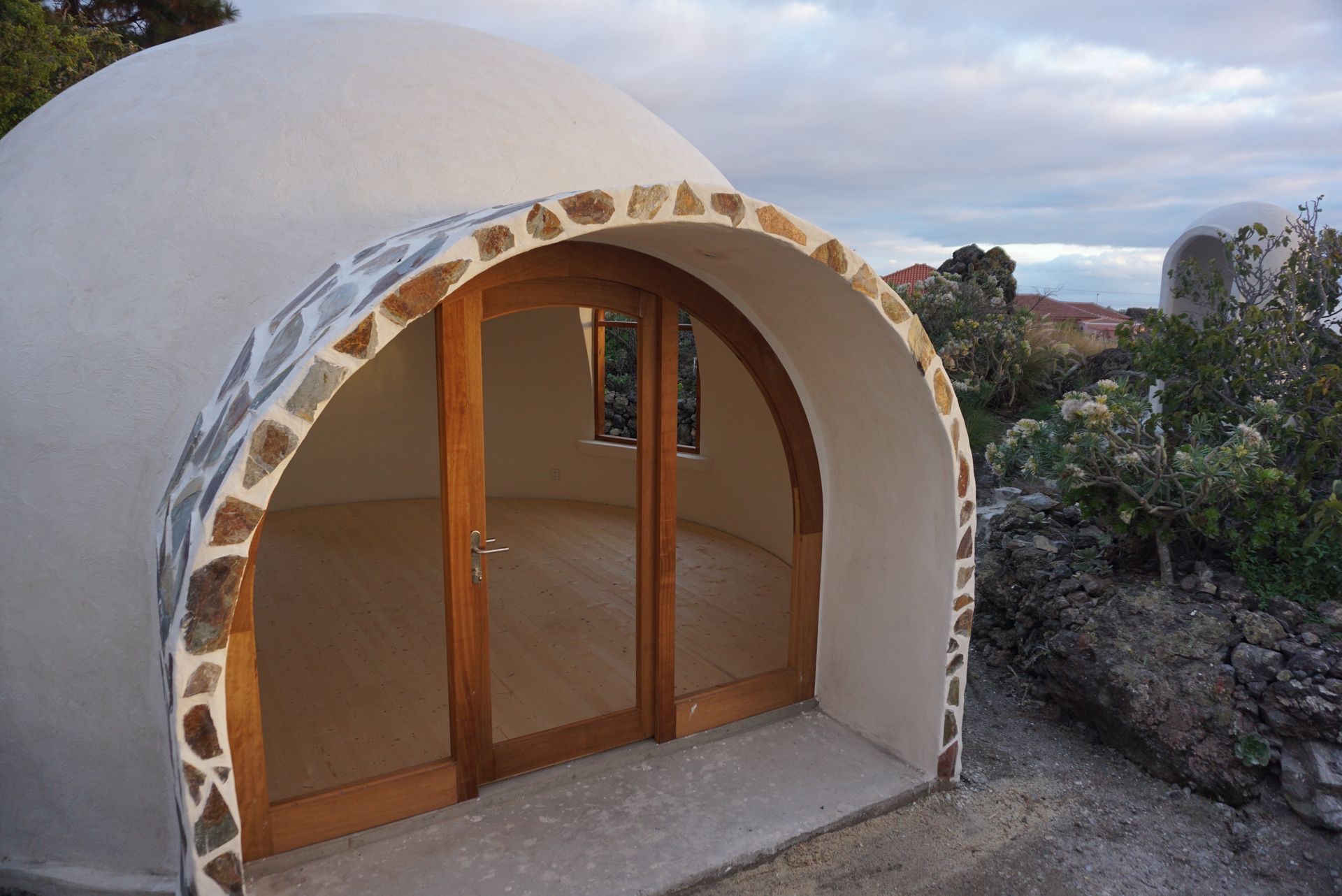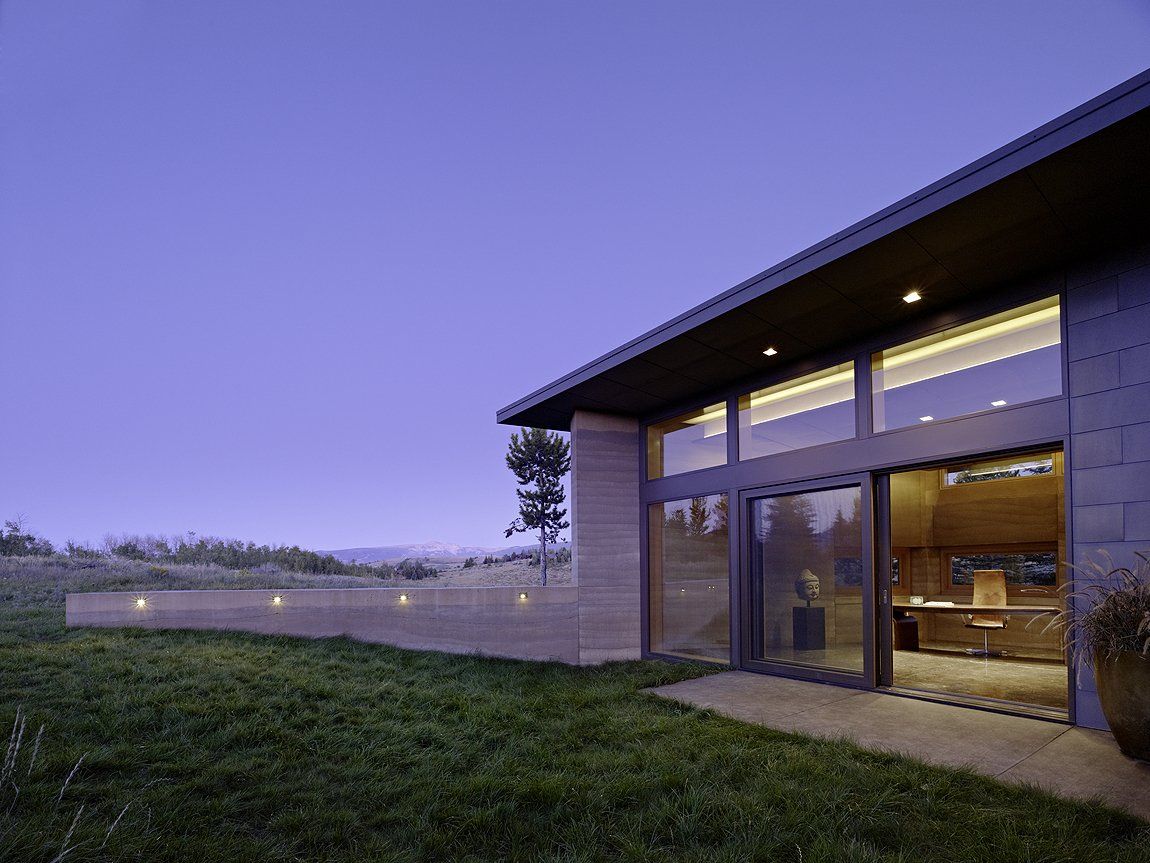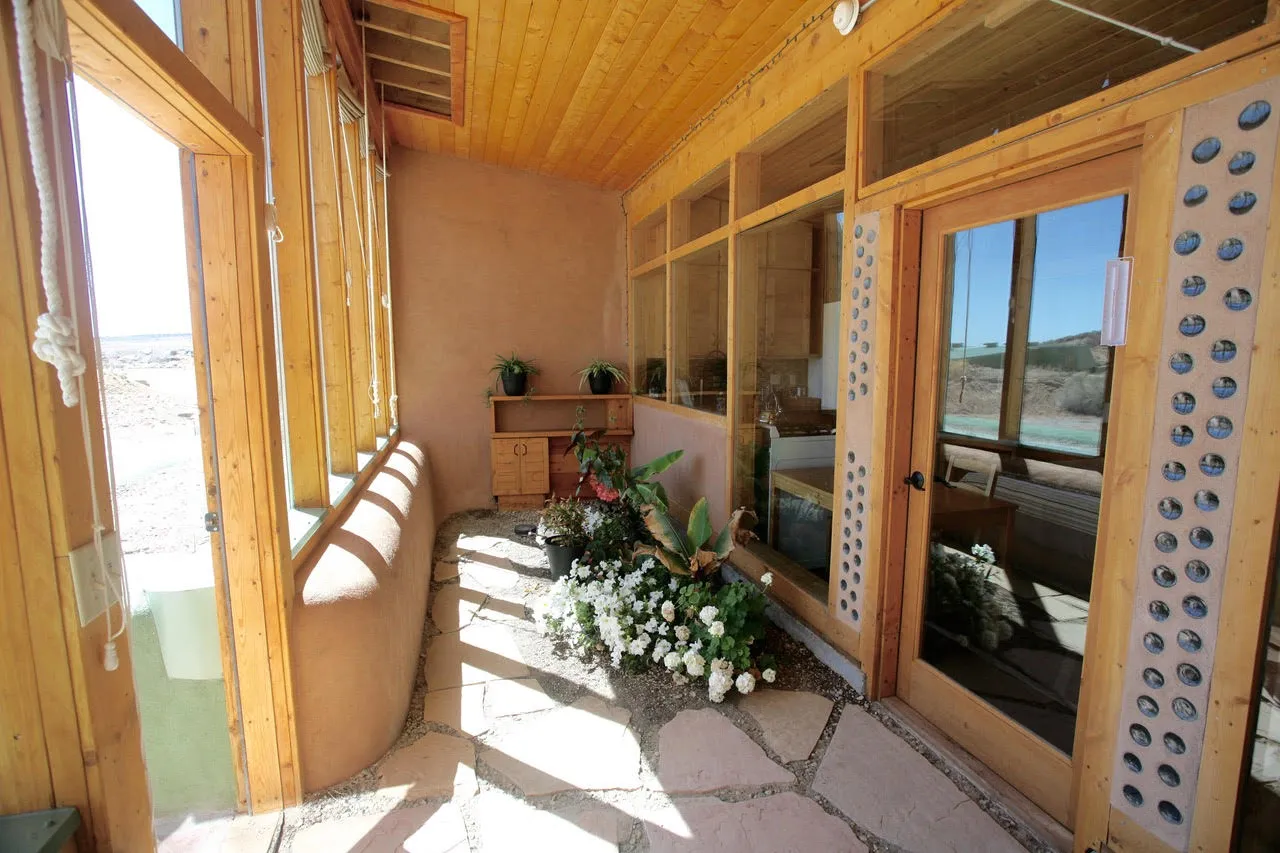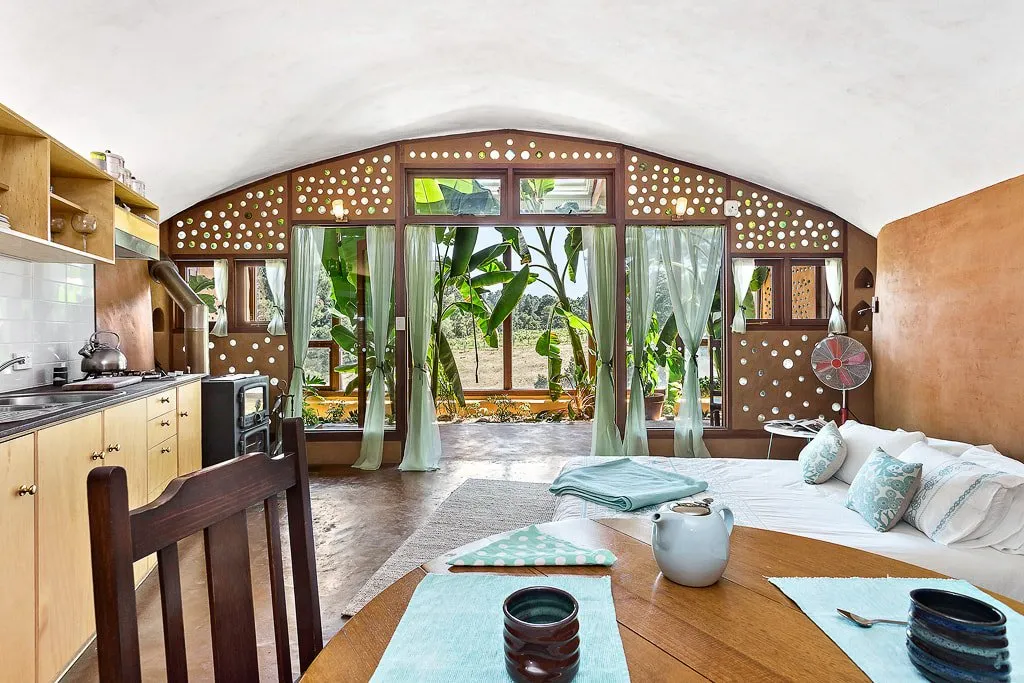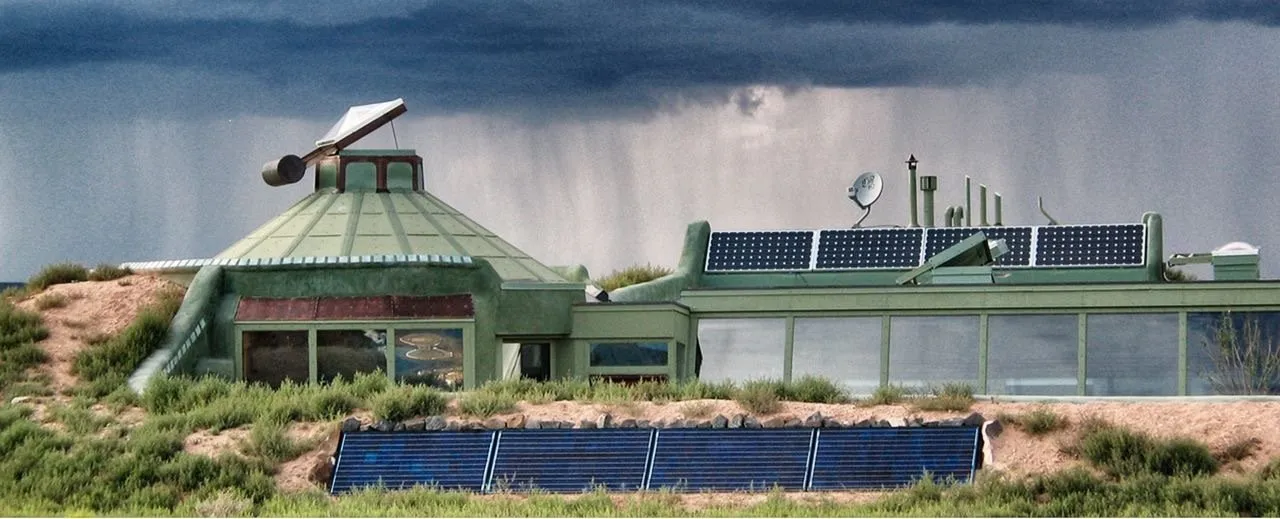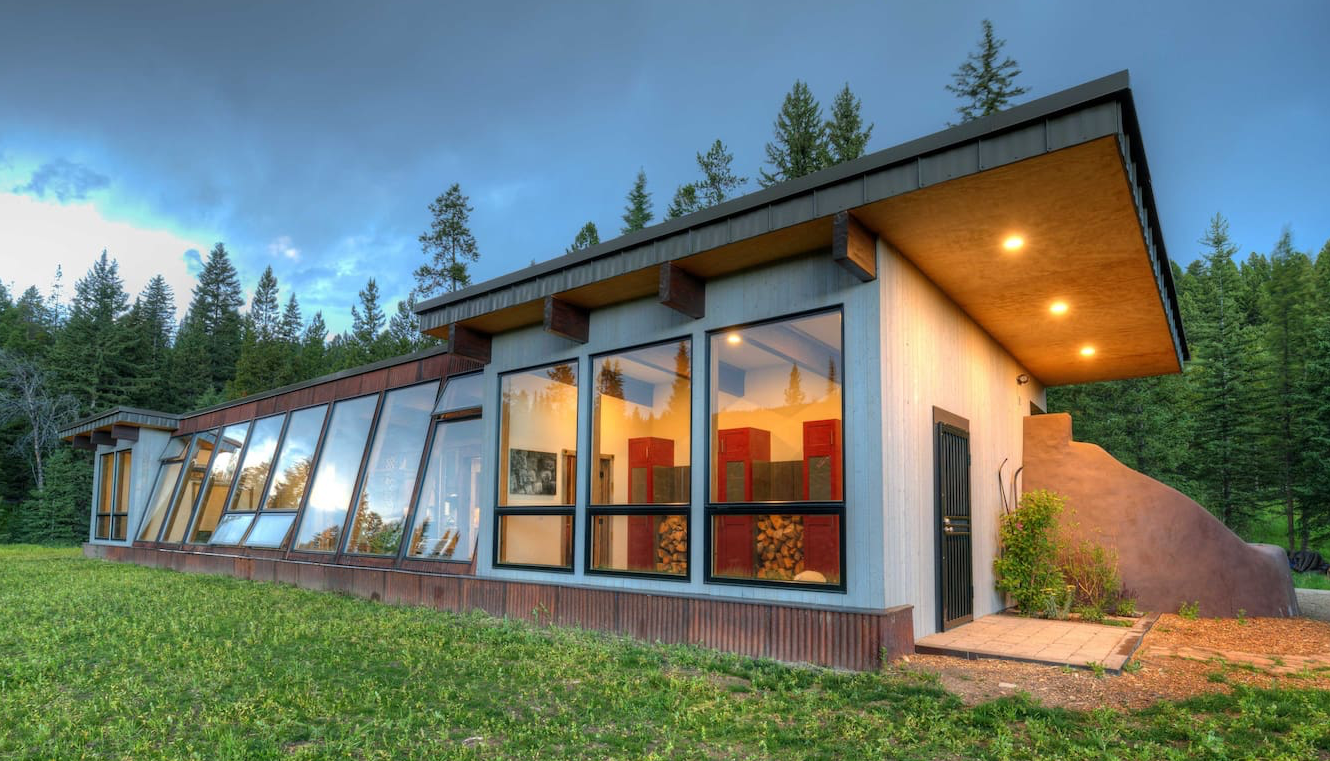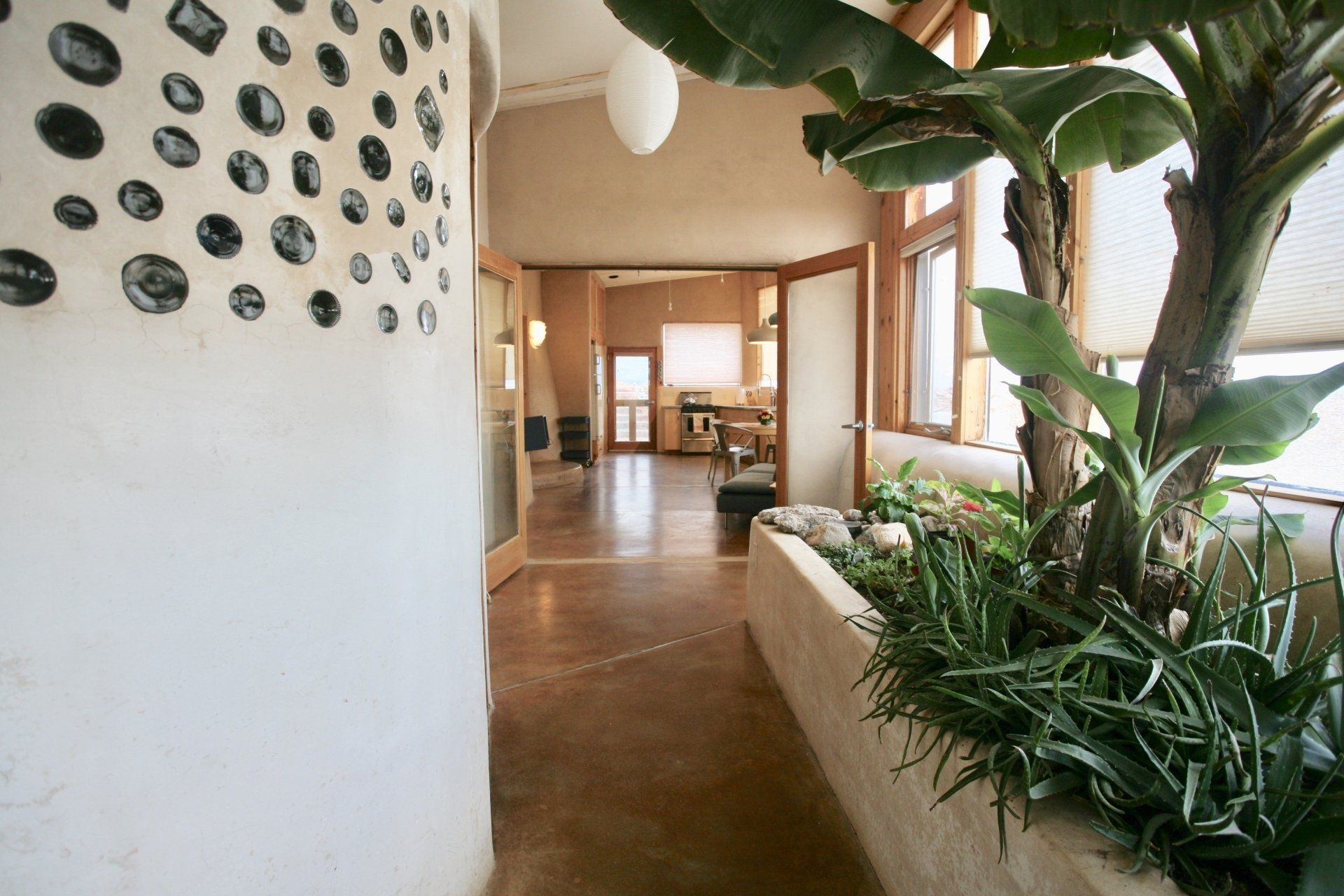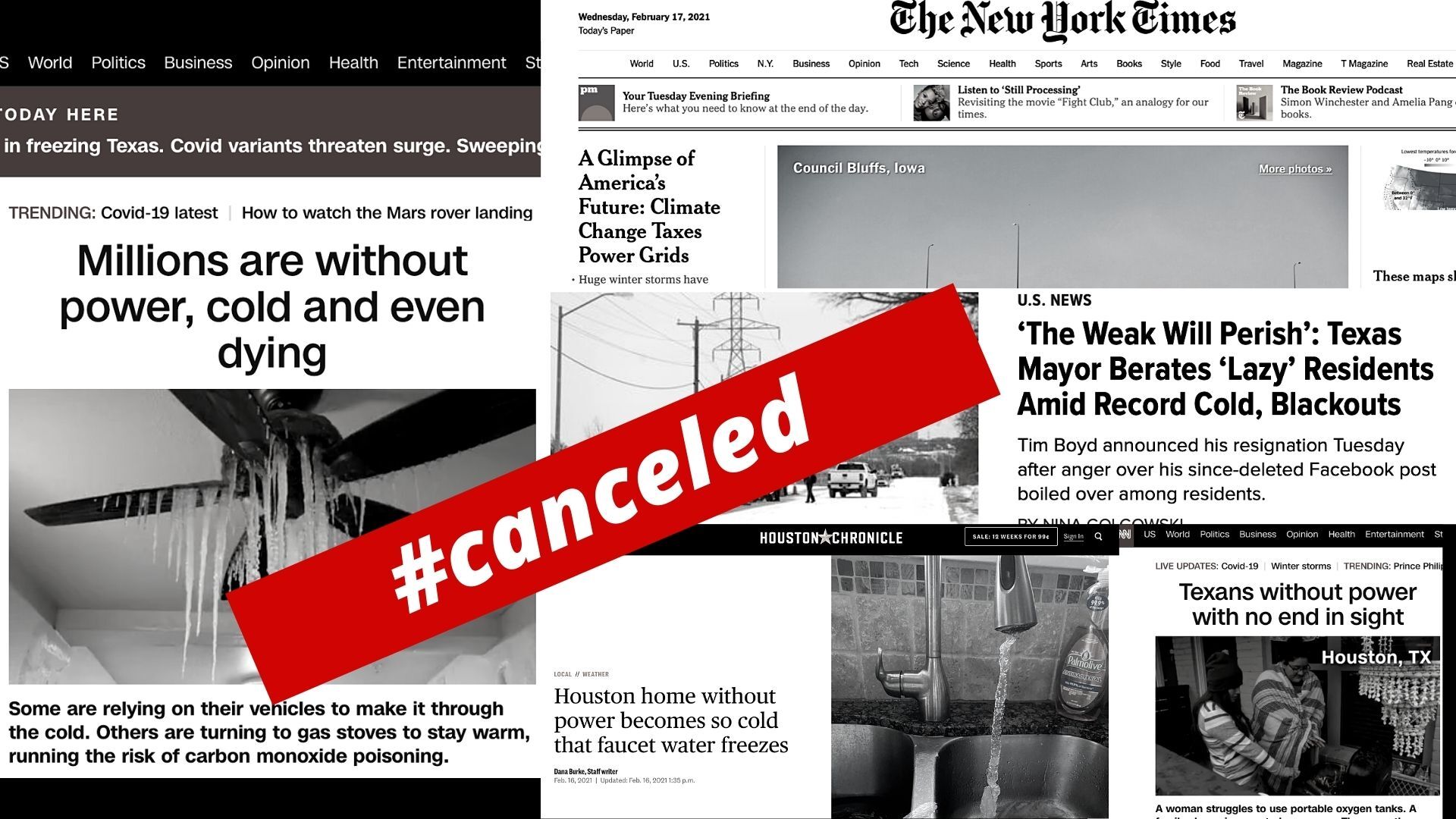Bernie Sanders Climate Change Town Hall - Reactions.
Watch the video before you read this post. Click the link just under the photo.
https://www.youtube.com/watch?v=w0IgDgyHEfc
I just finished watching Bernie Sanders Climate Change Talks at The US Senate, and I’m left with a similar feeling as the guests: Fear and depression hit first because the tasks ahead are so daunting. But, overall, I’m left with an overwhelming sense of positivity and optimism. We are now faced with the opportunity to create a new, sustainable World. Hopefully, with an educated population and a cooperating Government. For the first time, people are starting to realize what those of us in the sustainable movement have been saying for decades. These crucial conversations about climate change are finally being spoken about in homes all over the Country and World. There is a long way to go and we only have 12 short years to make the changes necessary, but if we can get the majority of people engaged with this topic and excited to make the changes that need to be made - we will win, and, in our lifetime, we will be able to build resilience in the face of natural disasters, reduce our impact on the earth's resources, reduce our carbon emissions, and provide equitable access to clean air and water for everyone. This is going to take a lot of hard work! We are all going to need to inform ourselves on how to live in a different, less consumptive way. But the tools and technology are available right now. We can do this if we really want to.
Kirsten and I feel like our contribution with Eco Living Matrix will be in the building sector. 40% of all carbon emissions come from buildings. Our time at Earthship Biotecture taught us how to think of buildings as their own power, water and sanitation plants. Each building, individually giving you everything you need to be comfortable without taking too much from the Earth. Living within our power and water budget is sometimes tricky, but always rewarding! You feel more self-reliant, and more connected to nature when you live this way. I think that’s what the “modern” world is missing. We are almost finished with our book about how to live off-the-grid, and are about to start formulating a course curriculum that will help us to teach anyone who wants to learn how to choose the right building envelope and the basics of off-grid systems. Additionally, we will soon be adding courses on: how to retrofit existing structures and how to build from the ground up using the appropriate materials and utility systems available for any climate, area, or budget.
We’ve been learning about all of the amazing structures and solutions available today. It has been an informative journey so far, and we’re really excited to put our research to good use. I can’t help thinking though, what are we missing?
The amount of solutions and materials is so huge, and there are pros and cons to each. We’ve found numerous solutions for waste management, power, water and food, and are currently researching various insulation materials, and how all of these things can work together in different areas. WHAT ARE WE MISSING? WHAT NEW (OR VERY OLD) SOLUTIONS ARE WE FAILING TO LOOK INTO? Please let us know if you have any information that we might not know about - email us here.
Thanks so much for all that you do - for staying informed, for talking to your friends and family about climate change, and for implementing solutions in your life! If we remain informed and united, we got this!
SUBSCRIBE
We will get back to you as soon as possible.
Please try again later.
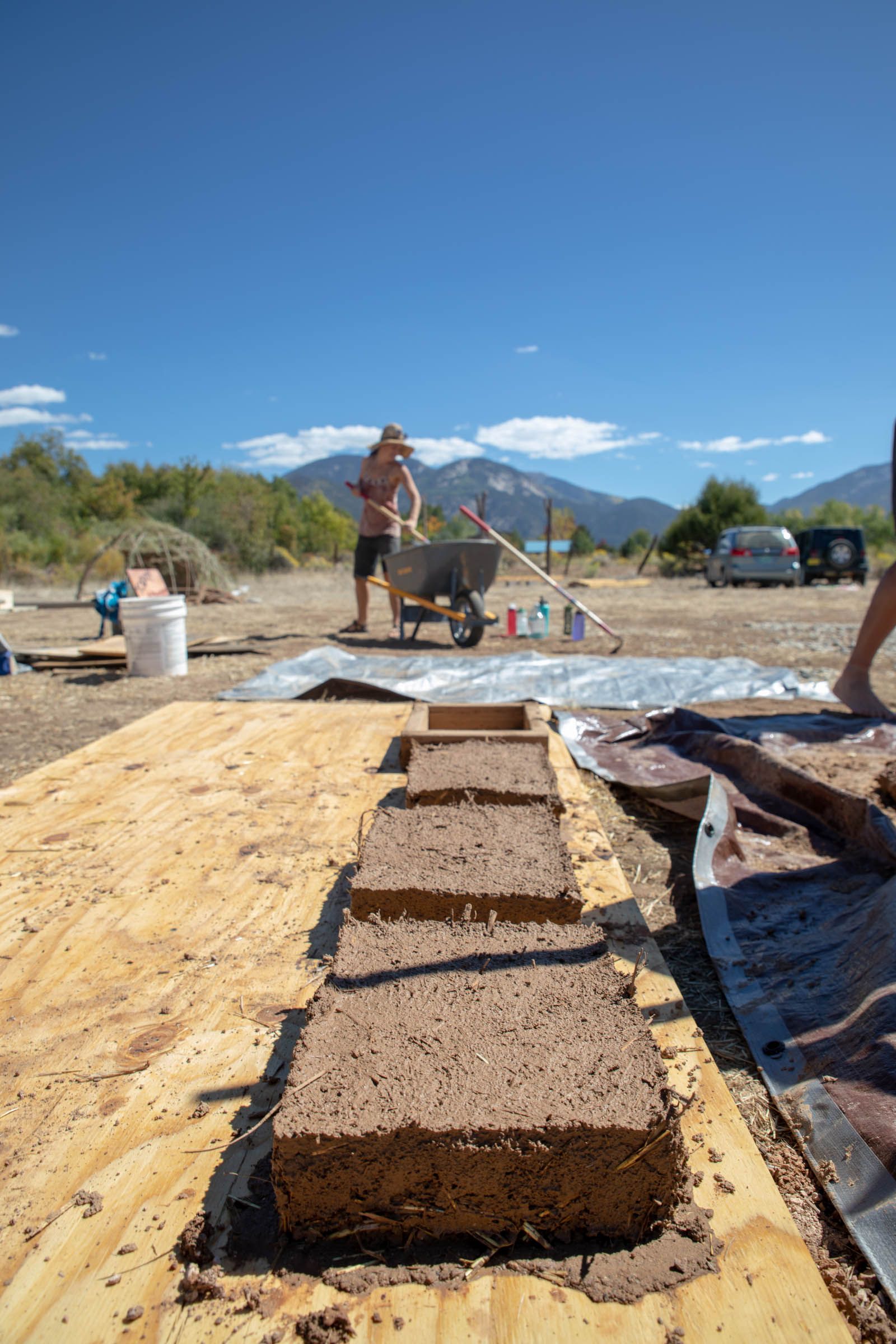
SUBSCRIBE
Thank you for contacting Eco Build Lab.
You will be hearing from us in your inbox!
Please try again later.

